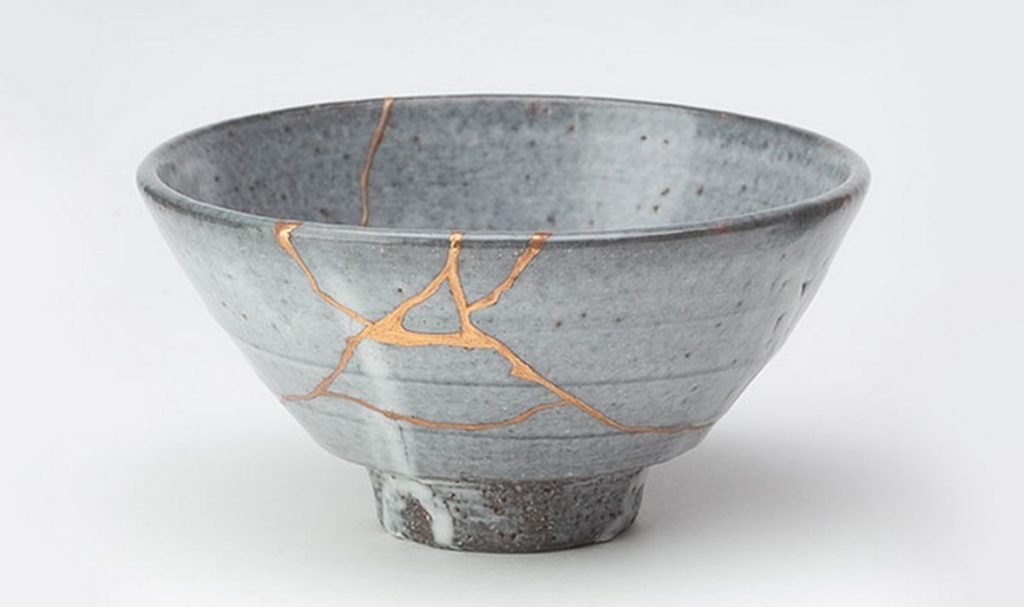When something is cracked or broken, what do you do with it? Repair it to be “as good as new”? Throw it out and get a new one?
What do you do when what’s cracked or broken is you?
We often hide our brokenness. Hide it from friends, family, the world.
What if you instead show it. Highlight it.
In Japan, there is an ancient art called kintsugi (金継ぎ), literally translated as golden joinery. In kintsugi, broken pottery is mended by joining the areas of breakage with lacquer dusted or mixed with powdered gold, silver, or platinum alloys.
The cracks then become part of item — part of the story — and highlighted with the use of precious metals.

The main point is to treat the imperfections as something beautiful to show to the world, and not something to hide away. This too is taken from the Japanese philosophy of wabi-sabi, or the acceptance of imperfection, impermanence and incompleteness.
How many of us hide our mistakes? Covering up our imperfections with a façade.
Instead, we should show our imperfections, celebrate them even, and recognise them for what they are — part of what you are and what has made you what you’ve become.
Remember that perfect does not exist and is not very interesting. As that AJR song goes:
A hundred bad days made a hundred good stories.
A hundred good stories make me interesting as parties.
Perhaps we should all do a little kintsugi on our own lives.